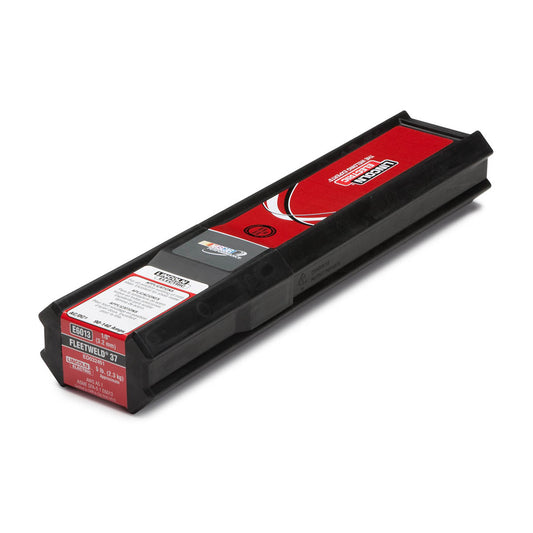Tungsten Inert Gas (TIG) Welding is one of the more difficult welding processes to master, as it requires you to use both hands; one hand to wrangle the welding torch, and another hand to manipulate the filler wire. In a shop or plant fabrication setting, you’re afforded the benefit of strict control over the amperage and heat setting of the Tig welding machine, via the use of a foot pedal. Things get interesting, however, when you’re called upon to Tig weld in the field, and lose access to all the bells and whistles at your disposal in the shop.
Despite being one the most difficult welding processes to master, Tig welding is also one of the cleanest and most precise welding processes, creating very sound and secure welds. For these reasons, Tig welding is one of the most advantageous choices for many repair welding situations in the field, particularly with pipe welding. Pipes require clean, smooth aesthetically appealing welds, that are also very sound and secure.
TIG Welding Pipe in the Field
So how do you tackle Tig welding an object like a pipe when you’re working in the field without the benefit of a foot pedal and other advanced controls to help you weld? A very cool process known as: Walking the Cup.
Walking the Cup takes its name from the manner in which you use the cup physically surrounding the tungsten electrode that emerges from the Tig welding torch handle.
Rolling the Barrel and Turning the Ratchet
To begin with, you have to strike the arc by touching the tungsten electrode to the pipe, or quickly swiping the filler wire between the tungsten electrode and the pipe. Once your arc is live, you have two basic options:
- Rotate the edge of the torch cup against the pipe as though you were wheeling a barrel on its rounded edge, hand over hand, slowly advancing the weld puddle.
- Or turn the cup back and forth, as though you were ratcheting a bolt tight.
In both cases, you would simply lay the filler wire in front of the torch and “walk” over it as you move the weld puddle forward.
The rotating barrel method is easier, but the ratchet method produces a better weld because the arc length remains consistent throughout the welding process. Both methods require a steady, consistent rhythm to produce a clean, solid weld.
No Accessories Required
The beauty of Walking the Cup, and the main reason it works so well in the field, is all you really need are a power supply (a standard stick welding power supply will do the job) and a Tig welding torch. Just connect the torch to the power supply, and you’re ready to weld!
**Keep in mind that while Walking the Cup is a great technique, and definitely worth learning and adding to your arsenal, you shouldn’t become too dependent upon it as your ace in the hole for pipe welding in the field. You may encounter circumstances that prevent you from Walking the Cup because the pipe you need to weld is obstructed by another pipe, a wall or other potential obstructions, making it impossible to approach the pipe in such a way that you’re able to Walk the Cup.**


